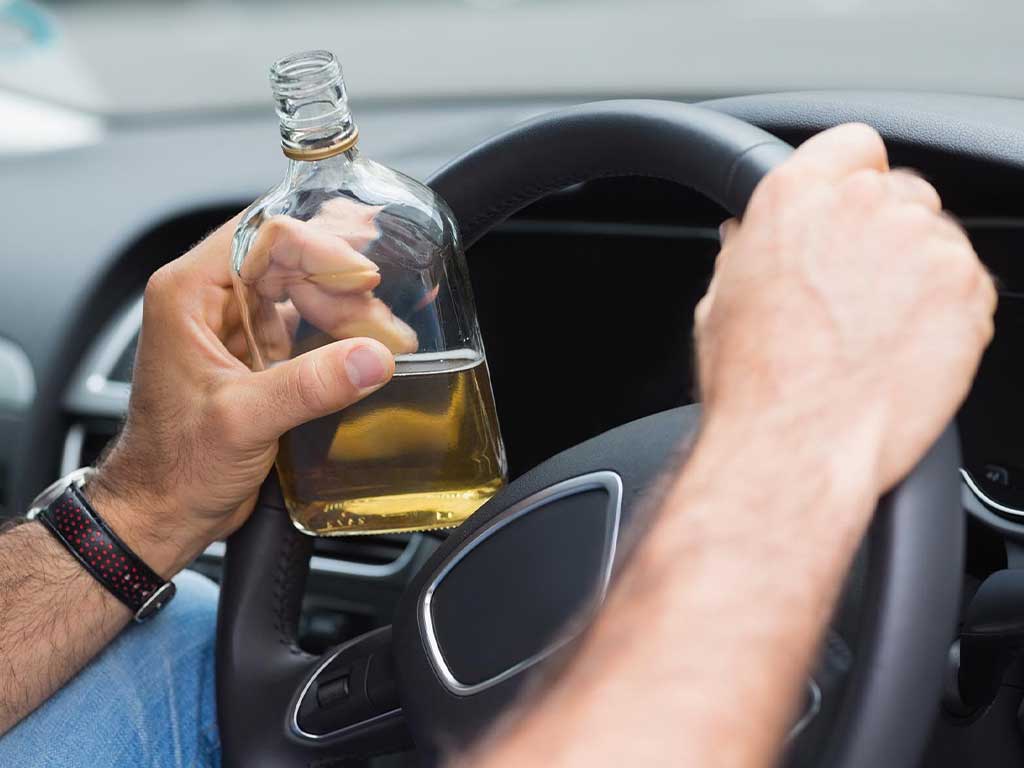Alcohol Interlock: Purpose, How It Works, and Installation Process
29 February, 2024

Driving under the influence of alcohol can have serious consequences. Aside from fines and driving disqualifications, repeat offenders may get an alcohol interlock order. It involves installing an interlock device into a car, requiring a breath test before driving. It works similarly to a portable breathalyser. However, it will not allow the vehicle to start if alcohol is detected. To install this device, the person must bring the car to an accredited provider, where they connect the interlock to the ignition.
Drinking and driving are a dangerous combination. It poses significant safety risks on the road, including vehicle collisions, which lead to bodily harm or fatal crashes. Many jurisdictions order installing an ignition interlock device to combat these risks. It is often required for high-risk drink drivers or those with repeat violations. This article will cover the purpose of interlock devices, how they work, and the procedure for installing the device.
Purpose of Alcohol Interlock Devices
The primary purpose of alcohol interlock devices is to prevent individuals from driving while intoxicated or impaired. If the device detects even a small amount of alcohol in the breath, it will not start the car. This minimises the risk of getting into an accident, thereby enhancing road safety. It helps to protect not only the individual but other road users as well.
Another goal of the interlock program is to help rehabilitate individuals with a history of drink driving. By requiring a breath test before driving, it deters excessive consumption. It also aims to separate drinking and driving and break any risky habits. Moreover, this promotes responsible driving and reestablishes accountability.
The interlock devices can be a monitoring tool for law enforcement and court officials. The machine can record any failed attempts or violations, providing valuable data regarding compliance with the program. This information can be used to evaluate progress and determine if additional intervention or measure is needed. Consequently, this can help reduce recidivism rates and ultimately improve public safety.
History of Interlock Programs
- The interlock programs were first introduced in Australia in the early 2000s..
- In 2003, New South Wales became the first state to make interlock conditions for certain drink driving offenders.
- Over the years, other states and territories in Australia have also introduced mandatory interlock conditions for repeat offenders.
- Basic interlock devices are easy to use, requiring a breath sample for analysis.
- Advancements in technology have led to more sophisticated interlock systems that can accurately detect alcohol levels and prevent tampering. Some devices have photo identification and GPS tracking capabilities, allowing authorities to monitor compliance with the program.

How Alcohol Interlocks Work
The alcohol interlock works by requiring the driver to blow into a breathalyser before starting the vehicle. It utilises a fuel cell sensor to examine alcohol in the breath. This technology provides a highly accurate measurement of the Blood Alcohol Content (BAC) or the concentration of alcohol in the bloodstream.
If the BAC is above the pre-set limit, the vehicle will not start. Hence, the driver must wait for a specified period before attempting another test. This ensures that any residual alcohol in the mouth does not affect subsequent readings. In addition, interlock devices also require random breath samples while driving to ensure continued sobriety. If the driver fails to retest, it may set off an alarm or flash lights to alert authorities.
The ignition interlock device also requires monthly recalibration to ensure accurate readings. The individual must bring the vehicle to the interlock provider for servicing, including downloading data and checking for any tampering attempts. Failure to comply with these requirements may result in penalties or a longer interlock period.
Legal BAC Limits
In Australia, the legal limit is 0.05%. This applies to drivers with full licenses. However, there are stricter limits for learner drivers, commercial drivers, and provisional license holders. For learner and probationary drivers, the BAC limit is zero. Meanwhile, drivers of heavy vehicles and public transportation may have a zero to 0.02% alcohol limit, depending on the jurisdiction.
The BAC limit is the legal maximum amount of alcohol allowed in a person while driving. Thus, exceeding this limit constitutes drink driving offences. Subsequent offences could lead to the loss of driving privileges and a mandatory interlock scheme.

Process of Installing an Alcohol Interlock Device in a Motor Vehicle
Firstly, a person gets a mandatory alcohol interlock program after a conviction for a drink driving offence. The individual applies for an interlock service provider and schedules an installation appointment. This may include paying the necessary fees and signing a lease agreement. The service centre will then install the device in the vehicle by connecting it to the ignition system.
Secondly, the technician will explain how to use the interlock and provide training on its operation. The program participant will learn how to provide a breath specimen correctly and what to do in case of a failed test. Furthermore, they will set the BAC limit based on legal requirements or court orders. The individual is responsible for any interlock costs, including installation fees and monthly service.
After the installation, the participant must follow the program guidelines strictly. Regular maintenance and calibration are essential to ensure accurate readings. It is important to note that only the interlock provider can install and remove the device. Any attempts to tamper with or bypass the system may result in penalties or an extension of the interlock condition.
Legal Implications
Failure to comply with the requirements of the interlock condition can result in several legal consequences. This may include fines, license suspension or cancellation, or even imprisonment in severe cases. Moreover, any tampering or circumvention of the interlock device is considered a criminal offence and can lead to further legal action.
Individuals who commit further offences during the interlock period are subject to increased penalties and may have an extended disqualification period. Failure to service the vehicle on time may also have corresponding fines. Thus, program participants must adhere to all the rules and regulations to avoid further legal troubles.
Conclusion
In summary, alcohol interlock devices are safety tools for preventing driving under the influence and promoting road safety. It requires drivers to pass an alcohol breath test before starting the vehicle. Therefore, it minimises the risk of dangerous driving, such as accidents and fatal crashes. Additionally, these devices serve as a deterrent for individuals with DUI convictions. It aims to separate drinking and driving and aid in long-term rehabilitation from addiction.
An interlock supplier trains the individual on how to use the device and what to avoid doing. This includes how to do a breath test and what to do in case of a failed test. It is important for participants to adhere to all program guidelines and requirements to avoid legal consequences. Compliance with the interlock program can help individuals regain their driving privileges and ensure the safety of themselves and others on the road.




























